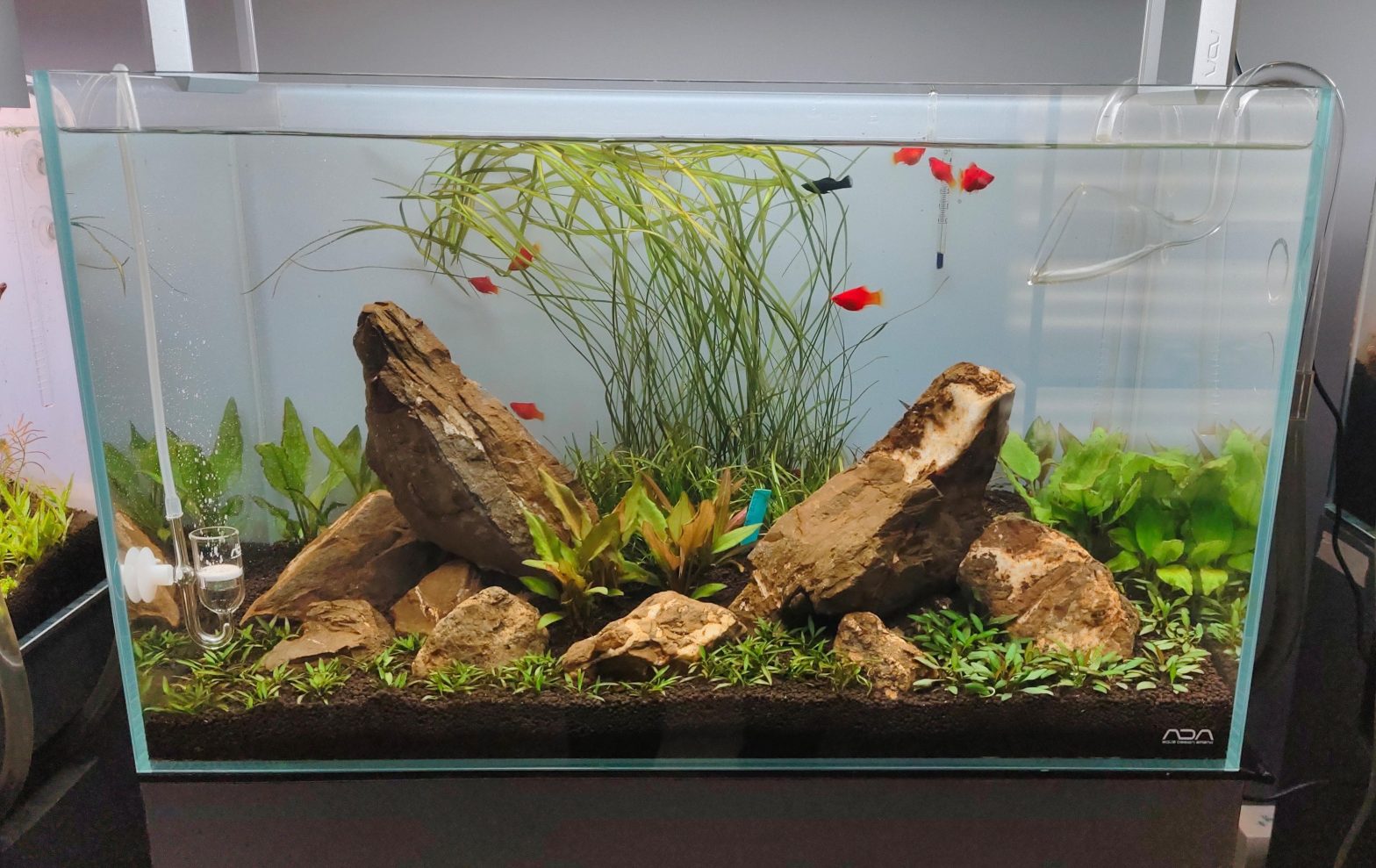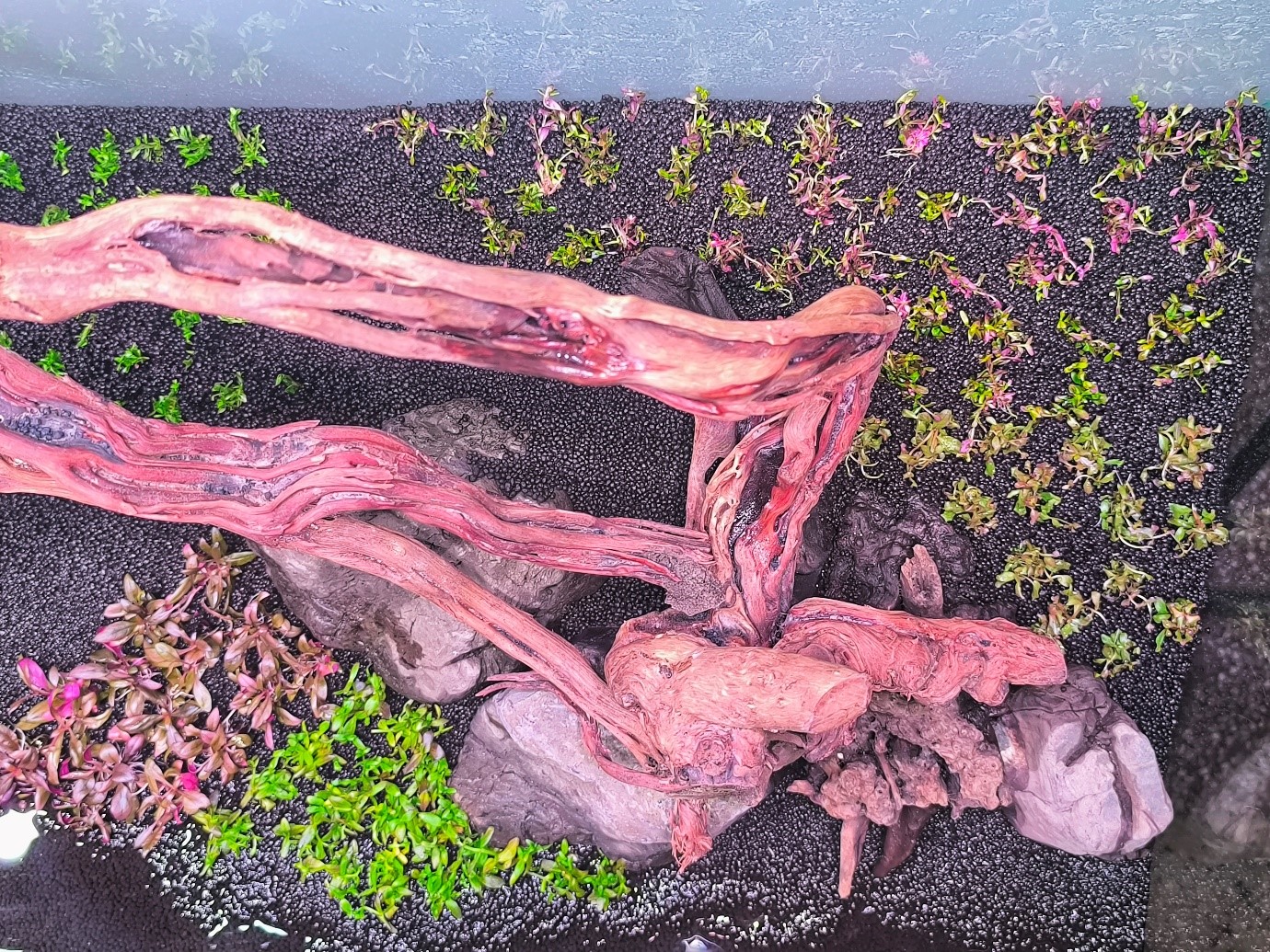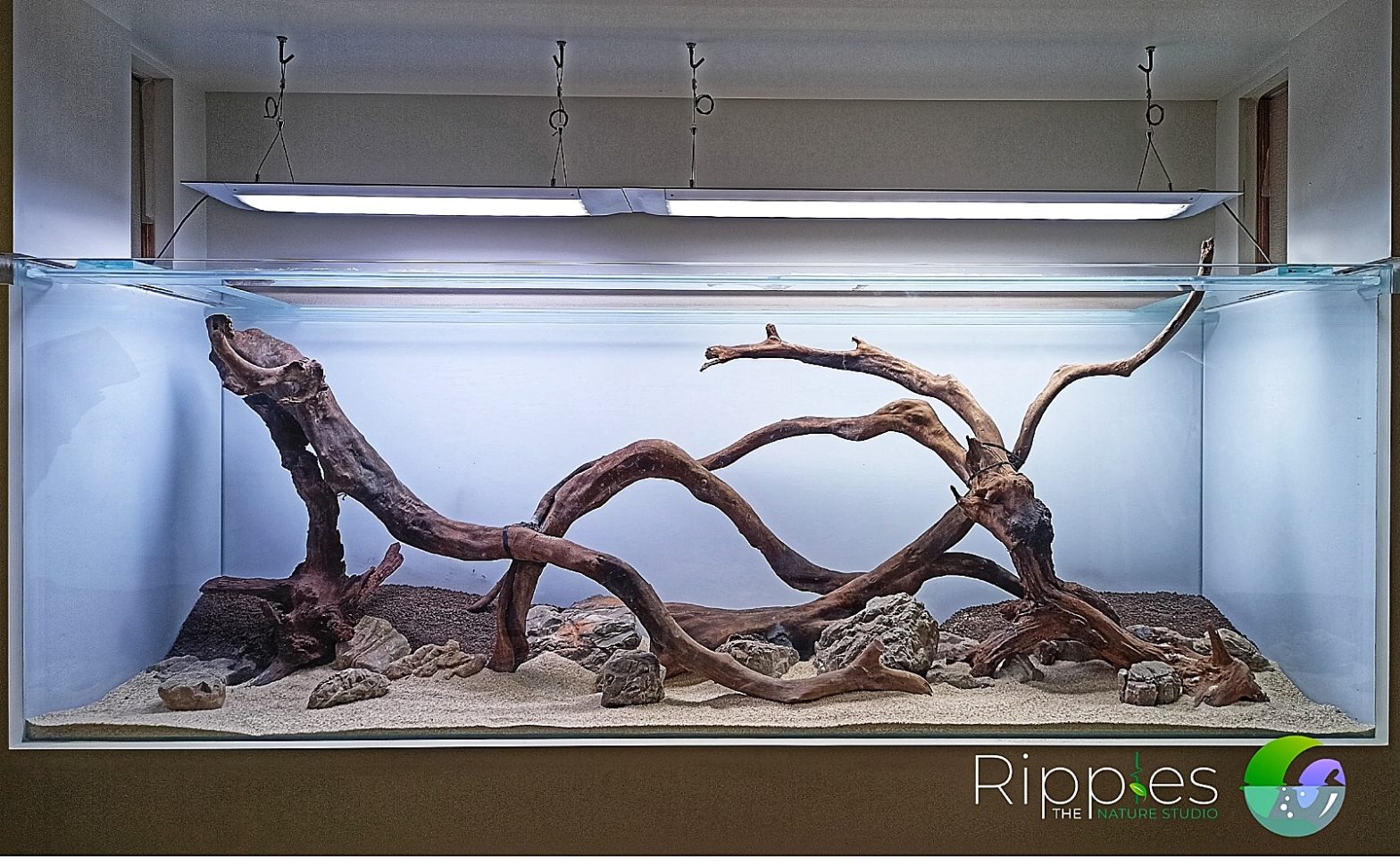ADA Substrates: The Foundation of a Thriving Aquarium
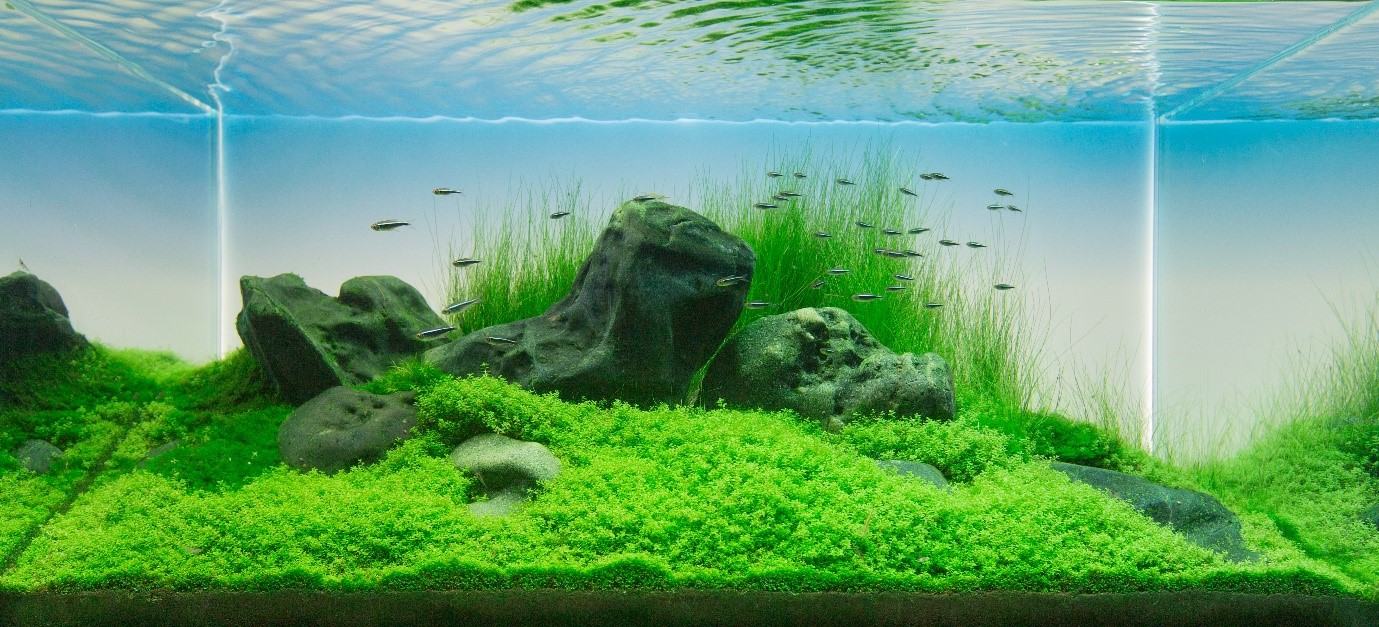
By
January 27 , 2025Imagine transforming your aquarium into a lush underwater paradise, teeming with vibrant plant life and crystal-clear waters. The secret to such a thriving ecosystem lies hidden beneath the surface—in the substrate. The substrate you choose can make or break your aquascape, acting as both the canvas and the foundation for your aquatic masterpiece. Among the myriads of options available,
ADA (Aqua Design Amano) substrates shine as a favourite among aquascapers for their unparalleled quality and performance. Let’s explore why ADA substrates are the key to cultivating a flourishing
aquarium.
What are ADA Substrates?
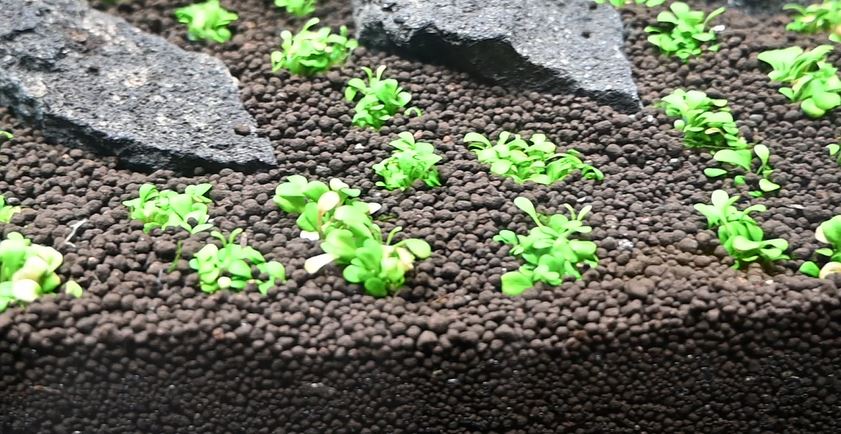
ADA substrates are a product line from Aqua Design Amano, a company founded by Takashi Amano, a renowned aquascaper and photographer. These substrates are specifically designed to create optimal conditions for planted aquariums, supporting the growth of various aquatic plants and maintaining water quality.
While aqua soil remains the “flag ship” product of ADA, they also have a wide range of decorative sand in their portfolio. These sands can be used in any non-planted aquarium or fish-only community tanks as a bottom layer or they are used to complement the aqua soil purely for aesthetic purpose in an aquascape.
Types of ADA Substrates
ADA offers a range of substrates, each catering to different needs:
- Aqua Soil Amazonia: This is perhaps the most popular substrate among aquascapers. Made from natural soil, it provides essential nutrients and a slightly acidic pH, ideal for most aquatic plants. Amazonia helps in maintaining stable water parameters and promotes robust plant growth.
- Aqua Soil Amazonia Vr II: An upgraded version of the original Amazonia, it offers improved water clarity and reduced ammonia release, making it more user-friendly for beginners.
- Aqua Soil Amazonia Powder- Helps to plant and grow small rooting foreground plants
- Power Sand: This substrate is placed beneath the Aqua Soil and acts as a nutrient base, ensuring long-term plant health by slowly releasing nutrients over time. The main constituent of Power Sand is pumice stone. Readers must be aware that Pumice contains innumerable minute holes due to their volcanic origin. These holes along with uneven surface serves a very important purpose of providing a very large surface area for bacteria to colonise. These bacteria in turn develops a symbiotic relationship with the plants helping them with nutrient exchange from aqua soil.
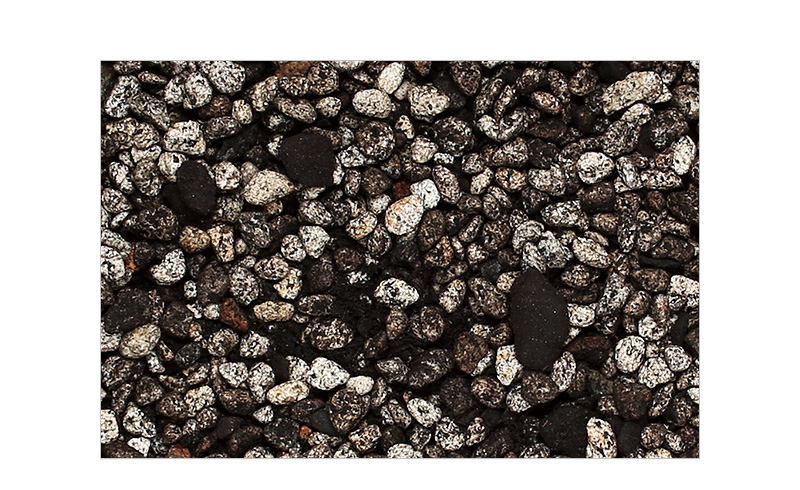
- La Plata Sand: Often used for decorative purposes, this sand is suitable for creating foregrounds and highlighting specific areas of the aquascape.
- Colorado Sand: This natural sand has a warm, earthy tone, ideal for creating a naturalistic aquascape. It is often used in biotope aquariums to mimic riverbeds and shorelines. Colorado Sand is inert, meaning it won’t affect the water chemistry, making it a versatile choice for various aquarium setups.
- Aqua Gravel: Ideal for aquariums that house fish species requiring gravel substrates, it also enhances the visual appeal of the tank.
- KUMU: This is a new range of decorative materials introduced by ADA. KUMU not only has sand and different gravels of unique colour, size and shape but also has small rocks and driftwood. While they have been mainly introduced for small terrariums, they can use as an interesting accent material to give a touch of creativity in aquascapes too.
Benefits of Using ADA Substrates
- Nutrient-Rich: ADA aqua soil is rich in nutrients, which are essential for the healthy growth of aquatic plants. They provide a steady supply of minerals and nutrients that plants can absorb through their roots.
- Optimal pH Levels: The aqua soil help in maintaining a slightly acidic pH, which is beneficial for the majority of aquatic plants and fish species. They also act as a very important buffering agent protecting the whole aquarium from detrimental pH swings.
- Enhanced Aesthetic Appeal: The natural look of ADA sand and gravels contributes to the overall beauty of the aquascape, providing a realistic and visually appealing underwater landscape.
- Improved Water Quality: By absorbing and breaking down organic waste, ADA substrates help in maintaining clean and clear water, which is crucial for the health of the aquarium’s inhabitants.
- Long-Lasting Performance: These substrates are designed to offer long-term benefits, reducing the need for frequent substrate replacement and maintenance. Aqua soil being acidic in nature, it is important that you use soft, acidic water as hard alkaline water will result in the soil breaking down easily.
How to Use ADA Substrates
Using ADA substrates is straightforward, but it’s important to follow some key steps to maximize their benefits:
- Layering: Start with a base layer of Super Pour, Bacter 100, Tourmaline BC, Power Sand if using it, then add a layer of Aqua Soil on top. This layering technique ensures nutrient availability and stability.
- Planting: Plant your aquatic plants into the substrate, ensuring their roots are well-covered.
- Water Filling: Fill the tank slowly to avoid disturbing the substrate, which could cloud the water.
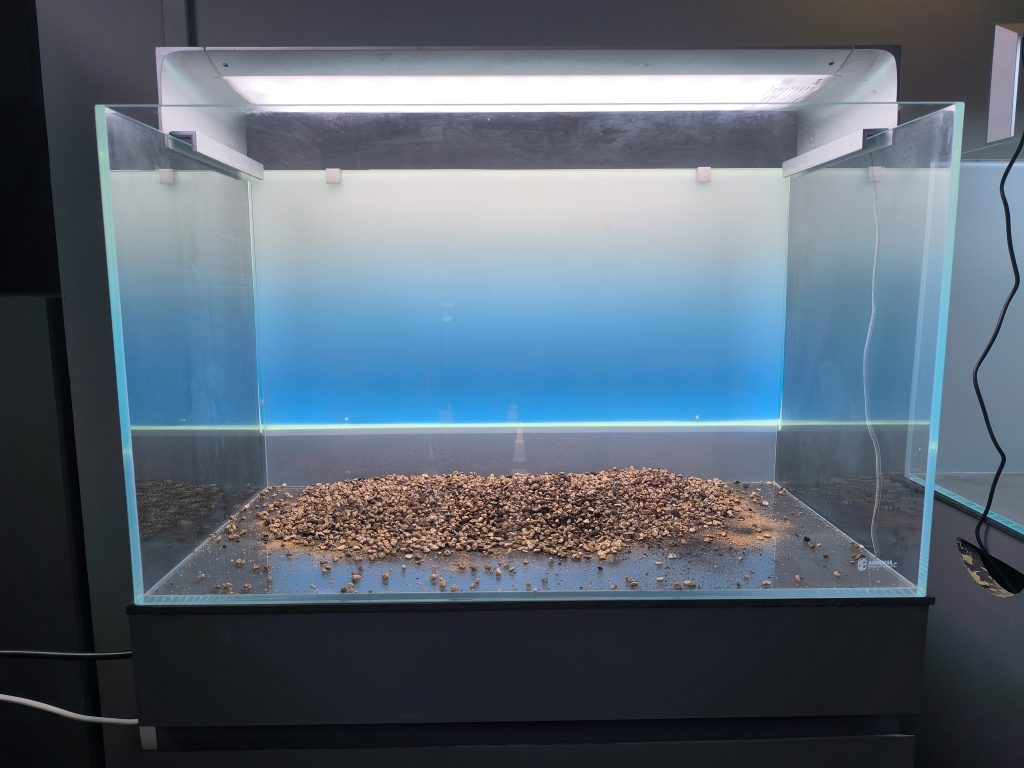
Conclusion
ADA substrates are more than just the foundation of your aquarium; they are the cornerstone of a thriving aquatic ecosystem. With their nutrient-rich composition, aesthetic appeal, and ability to maintain optimal water conditions, ADA substrates are an indispensable part of aquascaping. Whether you’re a beginner or an experienced aquarist, investing in high-quality substrates like those from ADA can significantly enhance the health and beauty of your aquarium.
By choosing ADA substrates, you’re ensuring the success of your aquascape. So, take the first step towards a lush, vibrant underwater world with ADA substrates, and watch your aquarium flourish like never before.
Related Blogs
Our blog is filled with informative and inspiring content on all things green. From plant care tips and advice to the latest trends in gardening and design, our experts share their knowledge to help you bring your indoor and outdoor spaces to life.


 + 91-9830086975
+ 91-9830086975